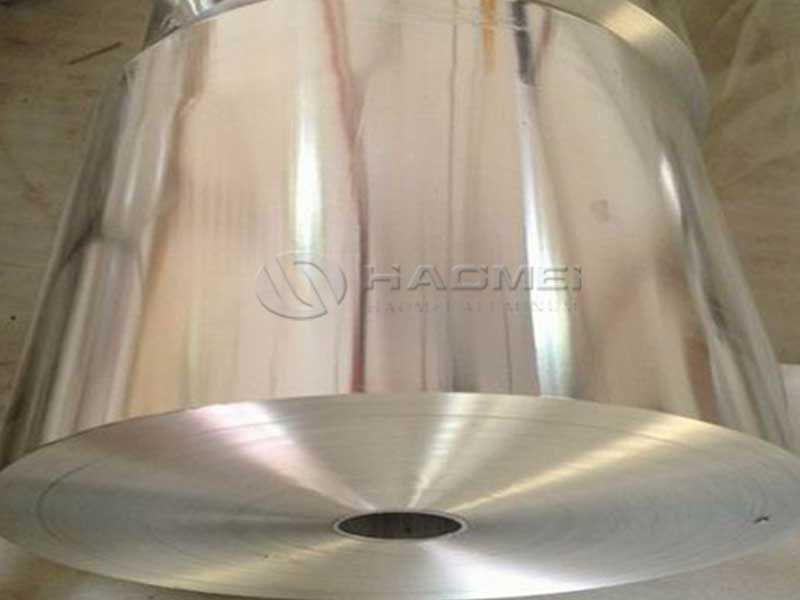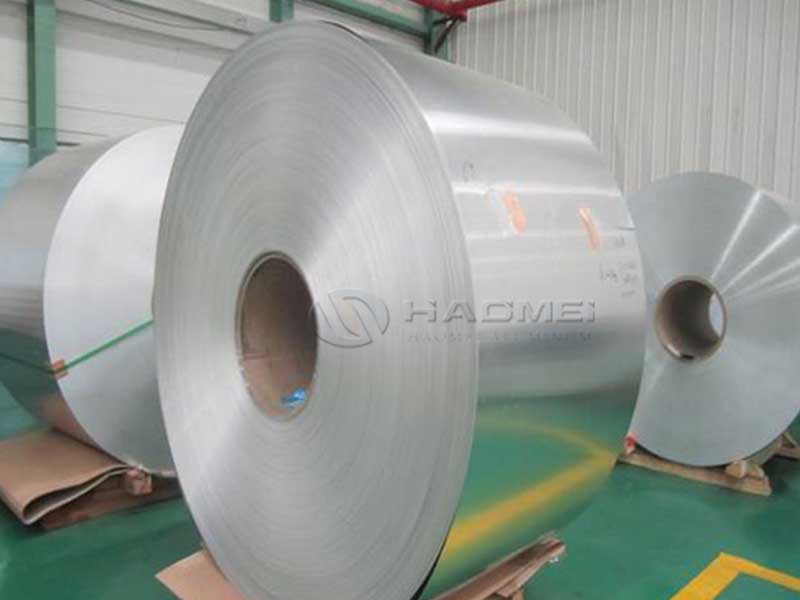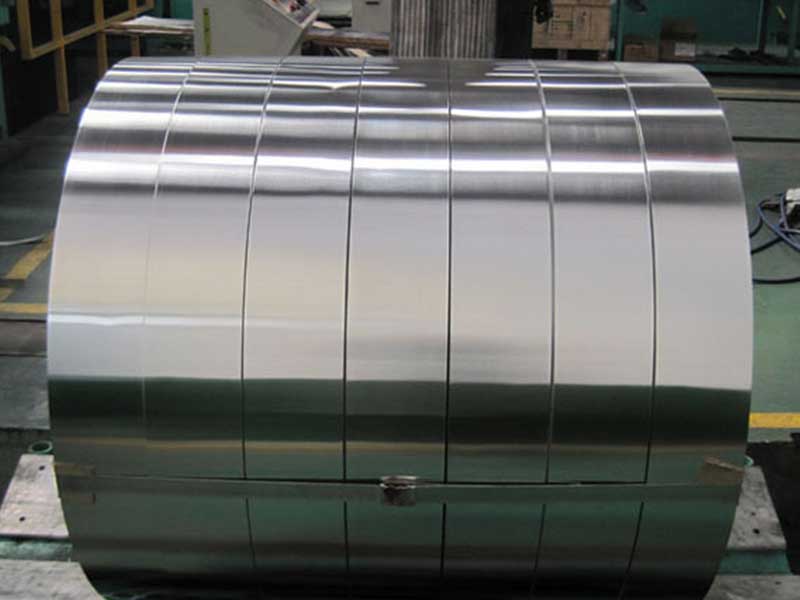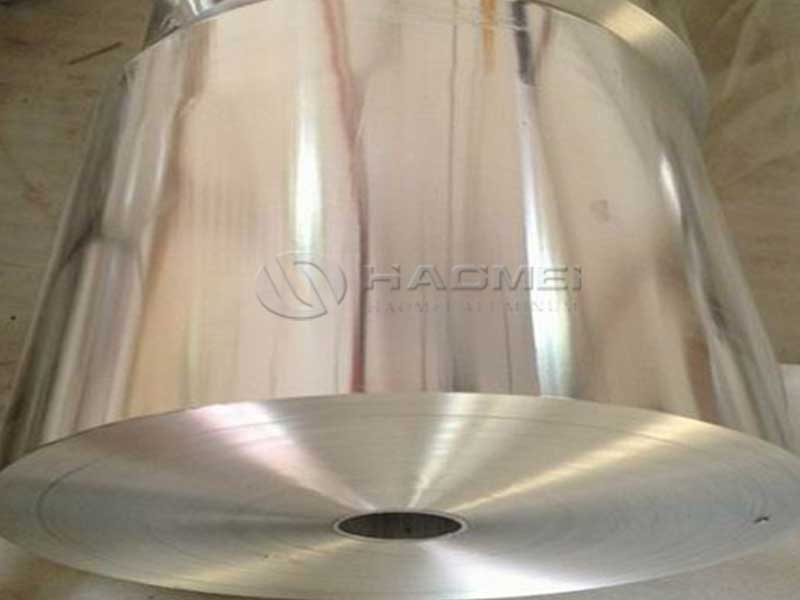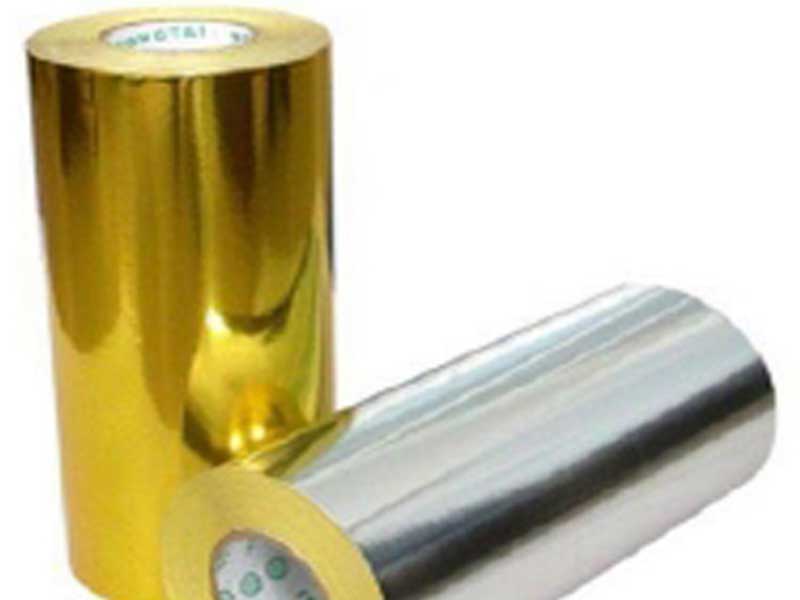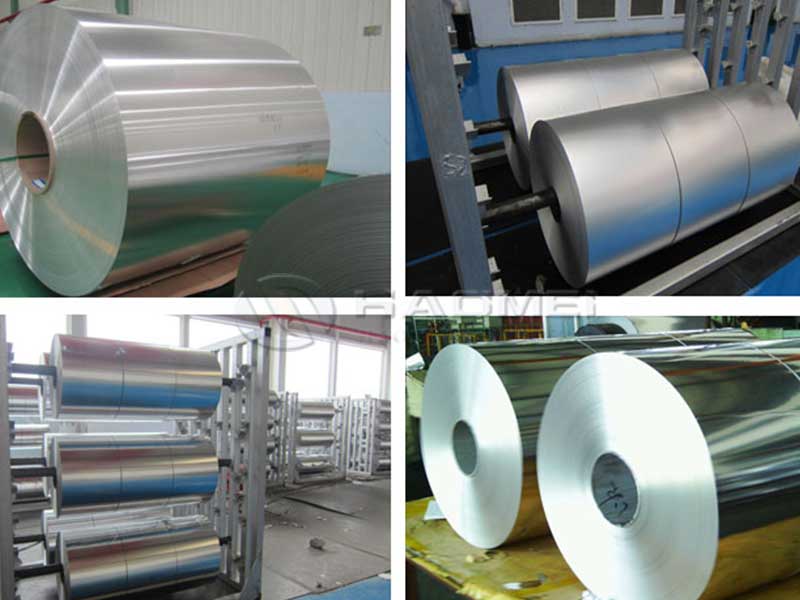Anodized aluminum sheet cold form blister packaging has emerged as a revolutionary solution in various industrial sectors due to its unique properties and applications.
Table of Contents
- Features
- Applications
- Benefits
- Technical Specifications
- Chemical Composition
- Performance Metrics
- Conclusion
Anodized aluminum is aluminum that has undergone an electrochemical process to form a thick oxide layer on its surface. This not only enhances mechanical properties but also improves corrosion resistance, aesthetic appearance, and wear but also allows for personalization through a vast array of secondary processing options. Cold forming processes enable manufacturers to produce intricate blister packages suitable for a variety of products.
Features
Anodized aluminum sheets used for cold form blister packaging boast several features:
- Lightweight: The density of aluminum greatly reduces the weight of packaging.
- Corrosion Resistance: Anodization improves aluminum's resistance to moisture and corrosive elements.
- Hygienic: This material ensures high levels of hygiene required in pharmaceutical products.
- Customizable: The anodized surface can be easily printed or coated, allowing for brand personalization.
- Superior Forming Capability: Cold form technology enables complexities in design without loss of material integrity.
Applications
The versatility of anodized aluminum sheets has led to their adoption in many applications, including:
| Application Area | Specific Uses |
|---|---|
| Pharmaceuticals | Tablet and capsule blister strips |
| Cosmetics | Packs for creams, gels, and suncare items |
| Food Packaging | Strong choices for |
| vacuum-seal packaging | |
| Electronics | Shielding in product compressor applications |
| Automotive | Seals for hydraulic cylinder packaging |
Benefits
the benefits of anodized aluminum sheet cold form blister packaging is crucial for decision-making in procurement. benefits include:
- Enhanced Shelf Life: Contributes to the longevity of sensitive products, ensuring their efficacy and safety.
- Recyclable: Environmentally friendly characteristics make it a smart choice for sustainability efforts.
- User Convenience: Designed for ease of opening and dispensing.
- Aesthetic Appeal: Provides a premium-quality finish that enhances product packaging.
Technical Specifications
An Examination of the technical specifications of anodized aluminum sheets demonstrates their compatibility with a wide range of industry requirements.
| Property | Value |
|---|---|
| Thickness | 0.01 - 0.05 mm |
| Width | Up to 1300 mm |
| Length | Customizable |
| Anodization Thickness | 5 - 30 μm |
| Nominal Tensile Strength | 120 - 300 MPa |
| Yield Strength | 80 - 200 MPa |
| Elongation At Break (%) | 5 - 25 % |
| Maximum Operating Temp. (C) | 200 |
| Aspect Ratio For Blister Forms | 1:30 or higher |
Chemical Composition
The performance of anodized aluminum sheets can be further explained by their chemical composition.
| Alloy Type | Si (%) | Fe (%) | Cu (%) | Mg (%) | Mn (%) | Cr (%) | Zn (%) | Ti (%) | Other Elements (%) |
|---|---|---|---|---|---|---|---|---|---|
| 1050 | 0.25 | 0.25 | 0.01 | 0.05 | 0.05 | 0.03 | 0.04 | 0.025 | – |
| 3003 | 0.12 | 0.70 | 0.03 | 1.0 | 0.05 | – | 0.12 | – | Percentage varies as required |
Performance Metrics
Performance metrics are integral when evaluating anodized aluminum sheets.
- Corrosion Resistance:5500+ hours in saltwater spray
- Weatherability: UV-resilient with coefficient deterioration over time at less than 3%.
- Formability: Able to withstand various fabrication processes without surface degradation.


